The sight of a snake slithering across your living room floor can send shivers down your spine and trigger immediate panic. While many of us fear these reptilian visitors, understanding why certain snake species are more likely to become uninvited houseguests than others can help us prevent such encounters. Snake home invasions aren’t random – they follow distinct patterns based on species characteristics, environmental factors, and human activities. This knowledge not only helps reduce unwanted encounters but also promotes better coexistence with these important ecosystem members. Let’s explore the fascinating reasons why your home might be more attractive to certain snake species and what you can do about it.
Species-Specific Behaviors That Influence Home Entry

Different snake species exhibit unique behavioral traits that make some more likely to venture into human dwellings than others. Rat snakes, for instance, are excellent climbers and can easily scale walls and slip through tiny openings in search of rodent prey that might be sheltering in your home. Garter snakes, being highly adaptable generalists, frequently inhabit suburban areas and may seek shelter in foundation cracks or basements. In contrast, specialized hunters like rattlesnakes typically avoid human structures unless extreme conditions force them to seek shelter. These innate behavioral differences explain why you’re far more likely to find certain species in your laundry room than others, even when both live in your region.
The Role of Size and Physical Adaptations
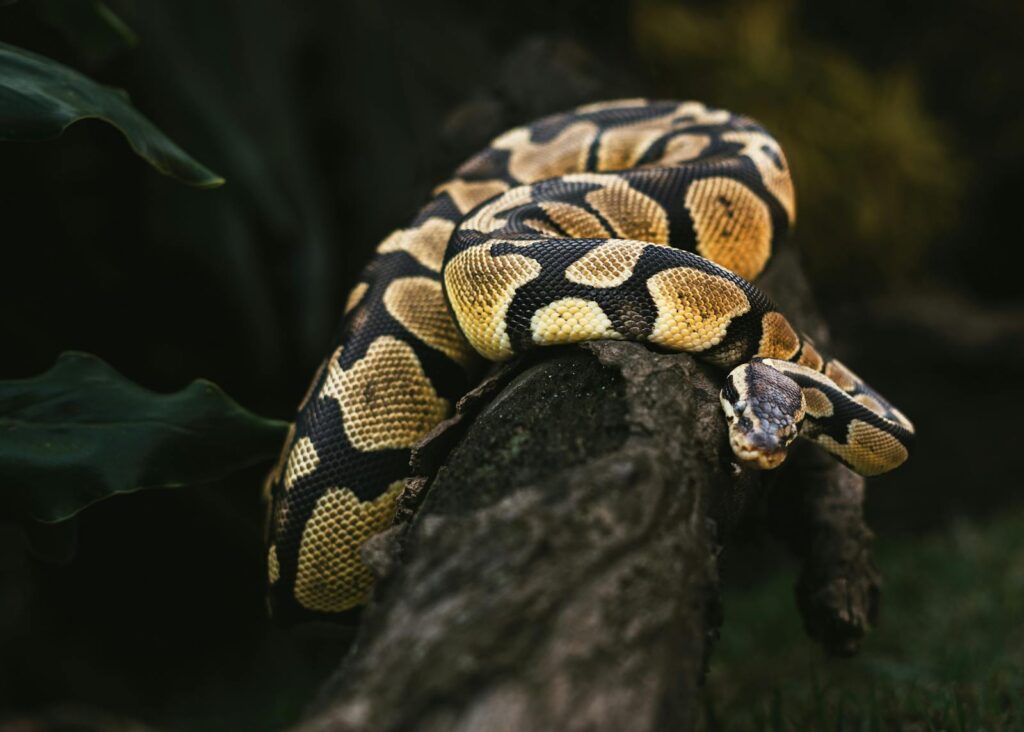
A snake’s physical characteristics significantly influence its ability to enter homes. Smaller species like ring-necked snakes and brown snakes can squeeze through openings as narrow as a quarter-inch, making them frequent basement visitors in many regions. Medium-sized snakes with slender bodies, such as the common house snake in Africa or the North American racer, can exploit slightly larger gaps around pipes, vents, or door sweeps. Conversely, larger species like pythons or boas require substantial openings and are less likely to accidentally enter homes in most regions (though Florida residents might disagree due to the invasive Burmese python population). The muscular, flexible bodies of snakes give them an unparalleled ability to compress themselves, allowing many species to enter through seemingly impossible spaces.
Seasonal Patterns of Snake Intrusions
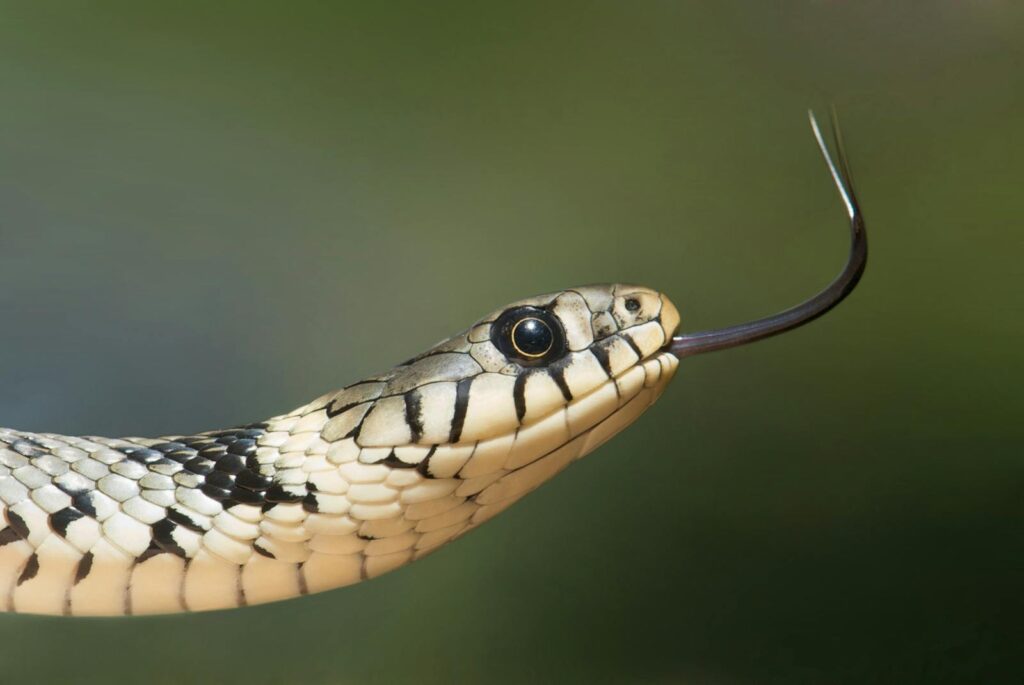
Snake home invasions follow distinctive seasonal patterns that vary by region and species. In temperate climates, fall often brings an uptick in snake encounters as many species seek warm shelter before winter hibernation, with garter snakes and rat snakes frequently entering basements or crawl spaces. Summer heat waves can drive moisture-dependent species like water snakes to seek cooler, damper environments inside homes, particularly in basements or ground floors. Spring emergence from hibernation creates another peak period as hungry snakes actively hunt for food, sometimes following prey trails into human dwellings. Understanding these seasonal patterns allows homeowners to be more vigilant during high-risk periods and implement preventative measures before snakes become a problem.
Food Sources That Attract Snakes Indoors
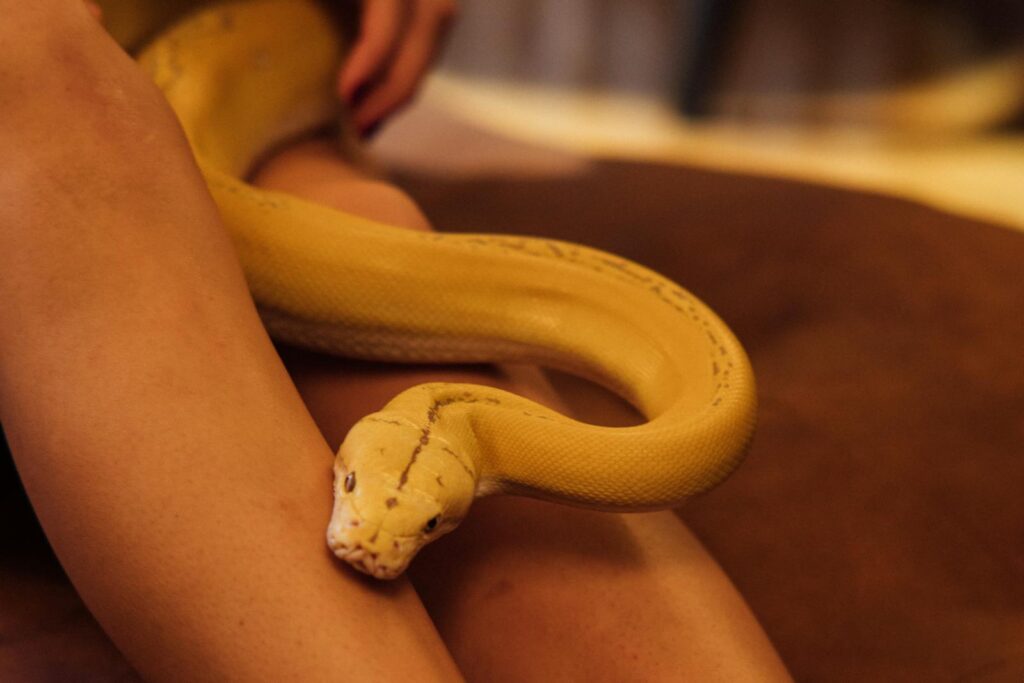
Perhaps the most significant factor drawing snakes into homes is the presence of prey animals. Rodent infestations create a powerful attraction for many snake species, with rat snakes, king snakes, and corn snakes being particularly motivated to follow mice and rats into human structures. Homes with insect problems may attract smaller snake species that feed on cockroaches, crickets, or spiders, particularly in warmer climates where these prey animals thrive year-round. Some species, like the common house gecko’s predator, the wolf snake, may enter homes pursuing these smaller reptiles that already live in and around human structures. Even bird-eating snakes might be drawn to homes with indoor aviaries or nesting birds in attics, demonstrating how our own pet choices can influence which snake species might visit.
Shelter-Seeking Behavior During Extreme Weather
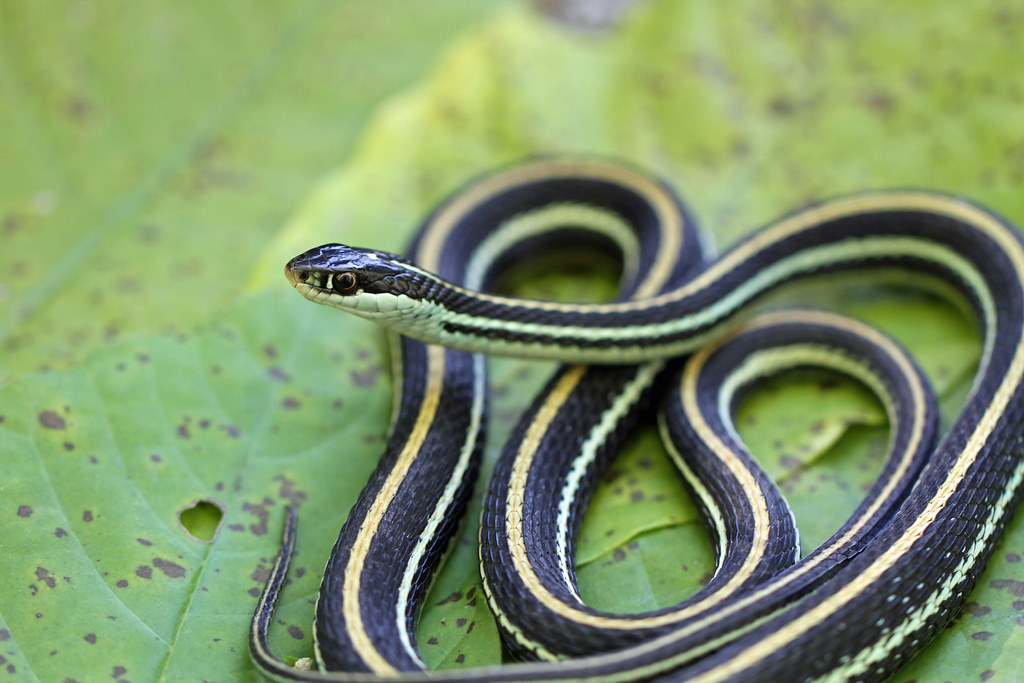
Extreme weather events drive many snake species to seek refuge in the stable environments that human homes provide. During extended droughts, moisture-loving species like garter snakes and water snakes may enter homes seeking humidity, often gravitating toward bathrooms, kitchens, or basements. Flooding events force ground-dwelling species like kingsnakes and hognose snakes to higher ground, sometimes including the elevated foundations of human dwellings. In regions with extreme temperature fluctuations, snakes may seek the temperature-controlled environment of homes, with desert-dwelling species like coachwhips occasionally entering homes during scorching summer heat. This shelter-seeking behavior explains why snake encounters often increase following major weather events, even in areas where indoor snake sightings are typically rare.
Geographic Distribution and Regional Variations

Your geographic location significantly influences which snake species might become unwelcome houseguests. Tropical and subtropical regions experience more diverse snake home invasions, with species like house snakes and wolf snakes having evolved specifically to exploit human structures in parts of Africa and Asia. In North America, regional differences are striking, with Southeastern states contending with rat snakes and kingsnakes, while Southwestern residents more frequently encounter gopher snakes and coachwhips. Urban density also plays a role, with certain adaptable species like garter snakes and brown snakes maintaining populations even in heavily developed areas, making them more likely indoor visitors in cities. Local environmental factors create unique patterns of snake-human interaction that conservation officials must understand to provide relevant advice to concerned residents.
Architectural Features That Create Entry Points
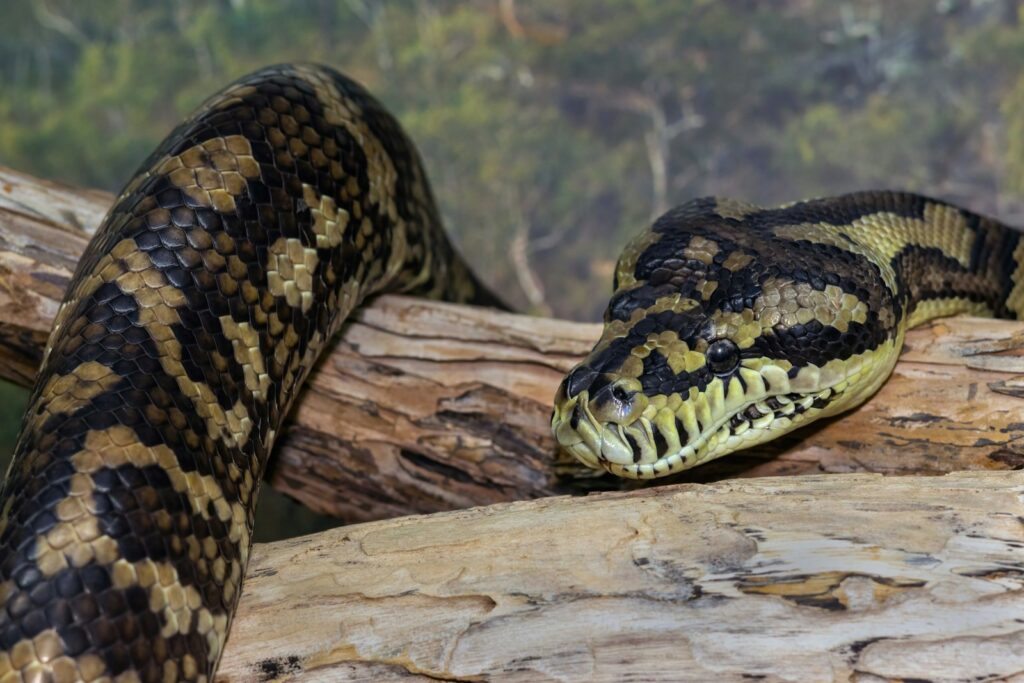
Certain home designs and construction methods create more opportunities for snake entry than others. Pier and beam foundations create accessible crawl spaces that appeal to many snake species, particularly in humid regions where these spaces provide ideal microhabitats. Older homes with settling foundations often develop cracks and gaps that serve as perfect entry points for slender species like garter snakes or juvenile rat snakes. Homes with attached garages provide snakes with an intermediate transition space between outdoors and living areas, particularly if garage doors don’t seal completely against the ground. Even architectural choices like stone veneer walls or decorative rock features can create ideal hiding places that eventually lead snakes indoors, highlighting how our aesthetic preferences can sometimes conflict with snake exclusion goals.
Human Activities That Unintentionally Attract Snakes
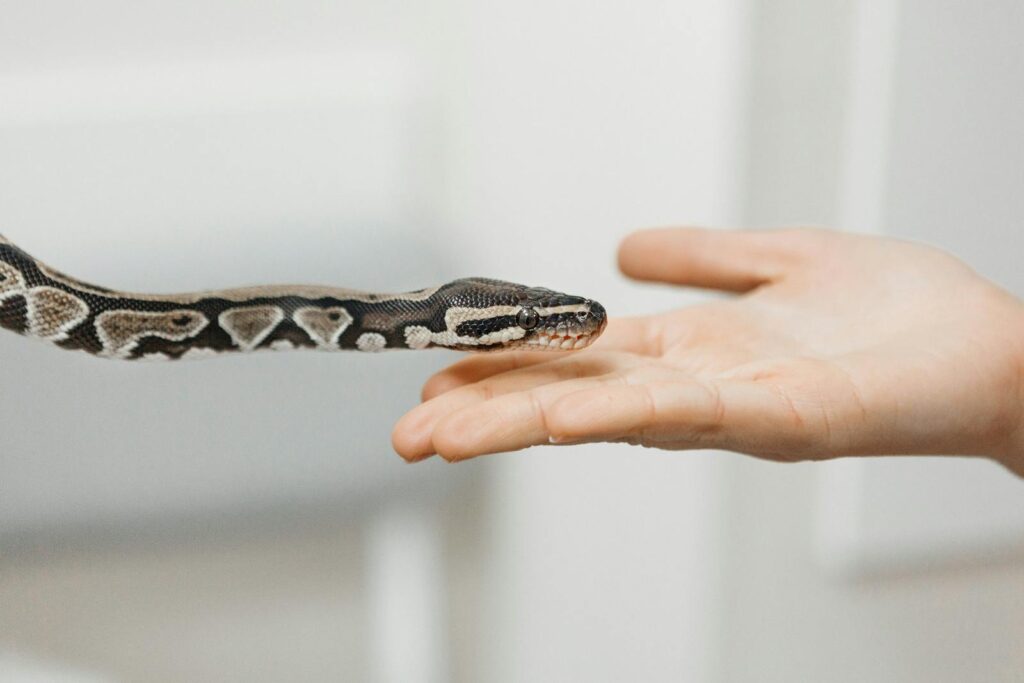
Many homeowners unknowingly engage in practices that make their properties more appealing to serpentine visitors. Improper storage of firewood directly against home foundations creates ideal snake habitat and highways into the home, particularly attracting species like rat snakes and kingsnakes that naturally shelter in log piles. Excessive mulch in garden beds directly adjacent to the home provides moisture, insect prey, and concealment that many ground-dwelling species seek out. Bird feeders that scatter seed and attract rodents create a food chain that ultimately entices predatory snakes closer to homes, with species like black rat snakes being particularly drawn to these feeding stations. Even seemingly harmless activities like leaving pet food outdoors overnight can initiate a prey chain that eventually leads snakes to explore entry points around your home.
Adaptable Species vs. Habitat Specialists

The evolutionary history of snake species plays a crucial role in determining their likelihood of home invasion. Habitat generalists like rat snakes, garter snakes, and kingsnakes demonstrate remarkable adaptability to disturbed environments, making them frequent home intruders across their range. In contrast, habitat specialists with specific environmental requirements, such as bog-dwelling massasauga rattlesnakes or forest-dependent timber rattlesnakes, rarely venture into human structures voluntarily. Some species have even benefited from urban expansion, with common brownsnakes thriving in landscaped yards that mimic their preferred forest edge habitats. This ecological adaptability spectrum explains why, even in areas with high snake diversity, homeowners repeatedly encounter the same few adaptable species rather than the full range of local snake fauna.
Reproduction and Nesting Behaviors
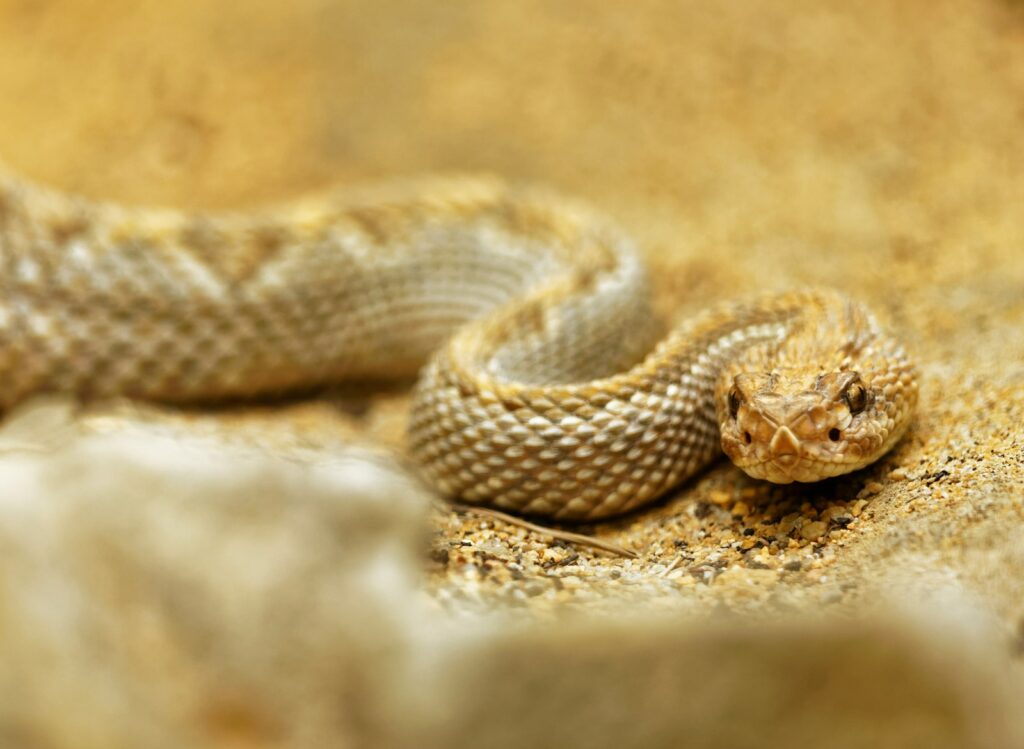
Reproductive strategies drive some snake species to seek out human structures as nesting sites. Female rat snakes often enter attics, wall voids, or insulated spaces to deposit their eggs, attracted by stable temperatures and protection from predators in these human-created environments. Some viviparous (live-bearing) species like garter snakes may seek the warmth of compost piles, garden sheds, or even home foundations to accelerate the development of their young. The communal nesting behavior of certain species can lead to multiple females selecting the same suitable location in or around homes, sometimes resulting in surprising discoveries of numerous eggs in attics or basements. Understanding these reproductive motivations helps explain why snake intrusions sometimes occur in clusters or why removing one snake doesn’t always solve the problem permanently.
Preventative Measures for Different Snake Species
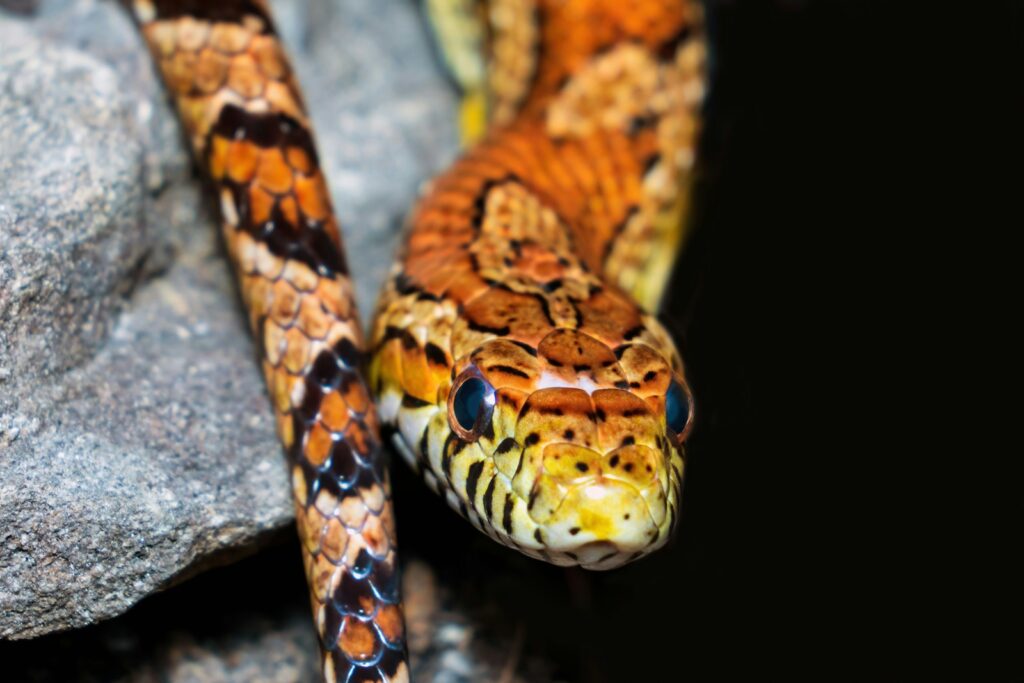
Effective snake exclusion requires tailored approaches based on which species are common in your area. For climbing specialists like rat snakes, attention must be given to upper entry points such as roof vents, attic windows, and tree branches that overhang the roof. Ground-level exclusion focuses on foundation gaps critical for preventing entry by terrestrial species like kingsnakes and gopher snakes, with mesh barriers extending several inches below ground level. For the smallest species like ring-necked snakes, extraordinarily fine mesh or sealants may be necessary, as they can exploit tiny cracks that larger snakes cannot navigate. Professional exclusion services often combine multiple approaches, recognizing that different snake species exploit different vulnerabilities in home defenses, requiring comprehensive rather than targeted solutions.
The Impact of Climate Change on Snake Home Invasions
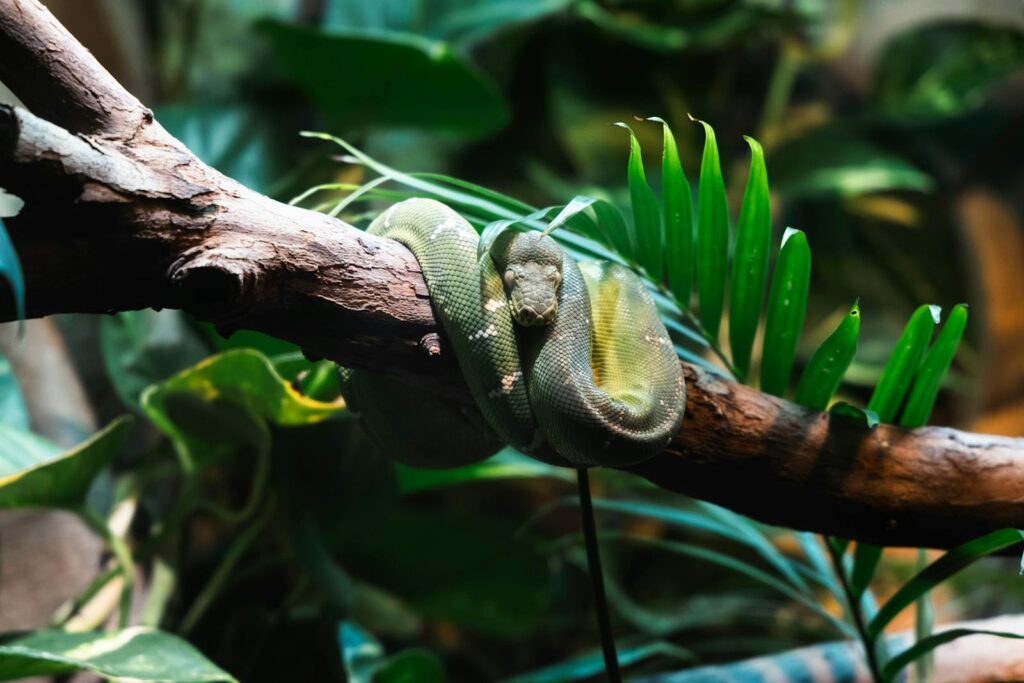
Shifting climate patterns are altering the frequency and nature of snake-human interactions worldwide. Extended activity seasons in formerly temperate regions mean snakes remain active longer each year, increasing the overall probability of home encounters with species like rat snakes and garter snakes. Range expansions are bringing southern species into new territories where residents may be unfamiliar with their behavior, creating novel human-snake conflicts in regions previously unaffected. More frequent extreme weather events force snakes to seek shelter more often, driving species like copperheads or black racers into homes during unprecedented floods, droughts, or temperature anomalies. These climate-driven changes suggest that understanding which snakes enter homes and why will become increasingly important for homeowners in previously low-risk regions.
Respecting Snakes’ Ecological Roles
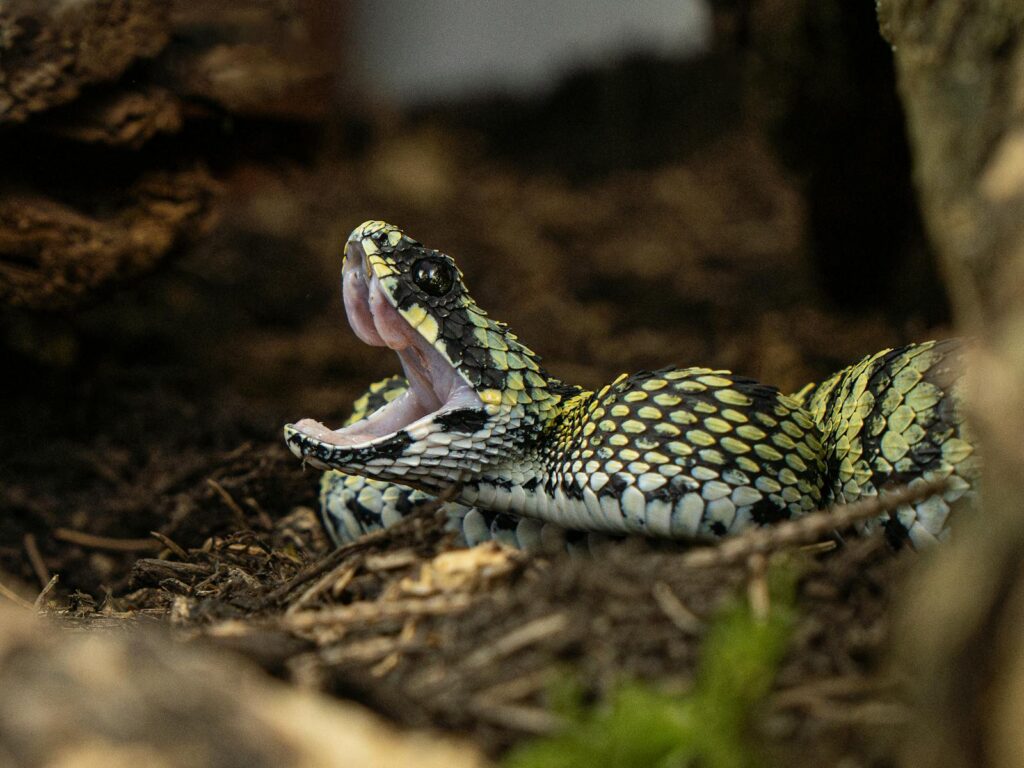
While preventing unwanted snake encounters is important, understanding their valuable ecological contributions promotes more thoughtful management approaches. Many common home-invading species like rat snakes and kingsnakes provide exceptional rodent control services, potentially preventing more problematic pest issues and associated health risks. Garden-dwelling species such as garter snakes help manage slug, snail, and insect populations that might otherwise damage ornamental plants and vegetables. Even occasional visitors like racers and coachwhips contribute to ecosystem health by controlling prey populations around homes, creating more balanced backyard ecosystems. This ecological perspective encourages humane removal rather than killing, recognizing that relocating unwanted snake visitors preserves their important roles while addressing legitimate human concerns about indoor encounters.
Conclusion: Coexisting with Serpentine Neighbors
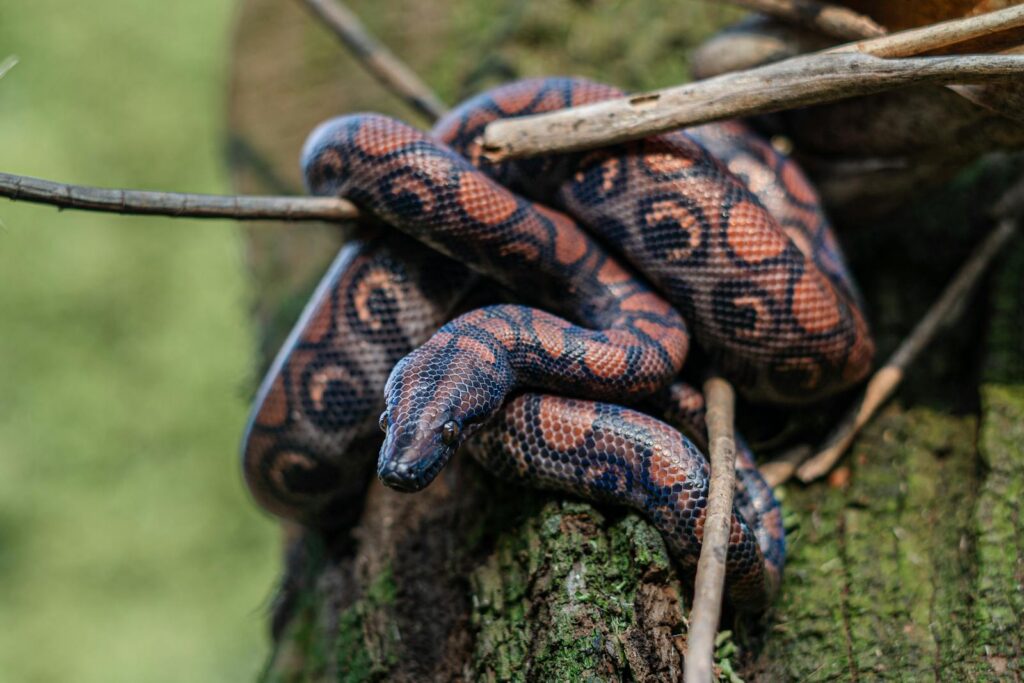
Understanding why certain snake species enter homes more frequently than others empowers homeowners to take targeted preventative actions while developing a greater appreciation for these often misunderstood reptiles. By addressing the specific entry points, attractants, and behaviors relevant to local snake species, residents can significantly reduce unwanted encounters without resorting to harmful or ineffective control measures. Remember that a snake in your home is almost always there by accident, simply following natural instincts to seek food, shelter, or appropriate temperatures. With proper home maintenance, thoughtful landscaping choices, and respect for the ecological role these animals play, it’s entirely possible to minimize indoor snake encounters while still benefiting from their presence in the broader environment. After all, a garden with a healthy snake population often has fewer rodents, slugs, and other pests—a natural balance that ultimately benefits human residents too.





